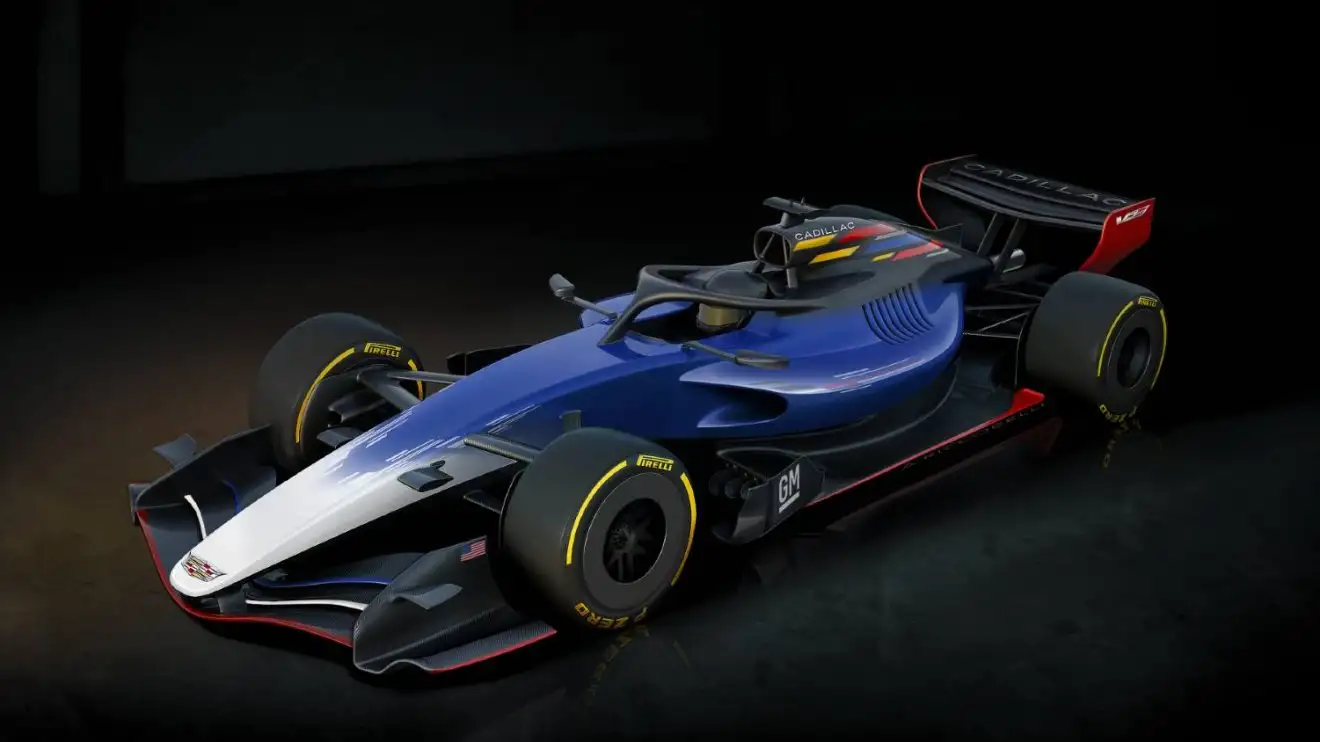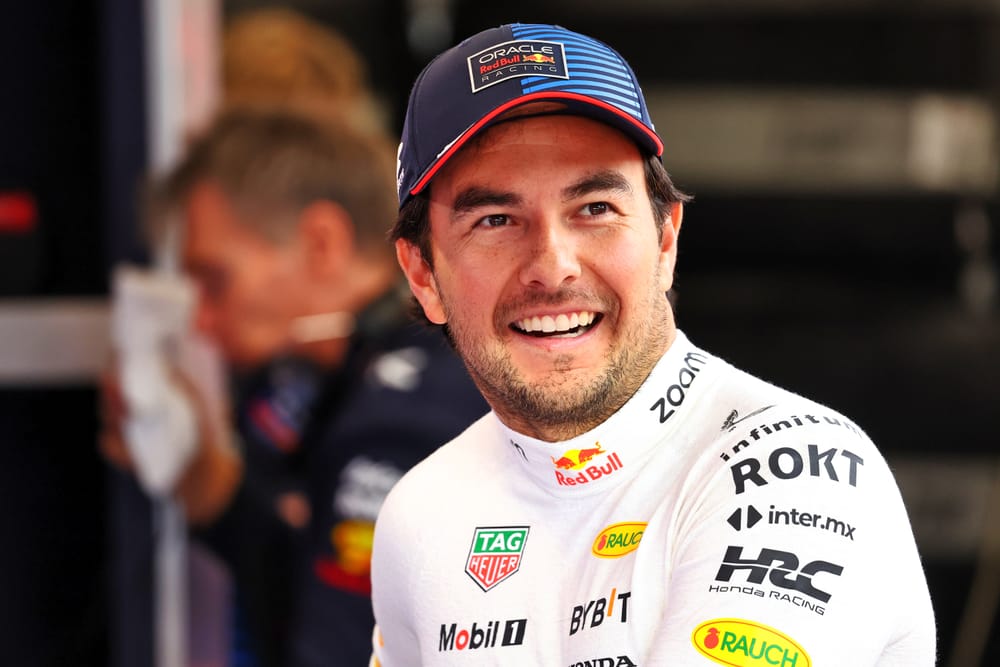Cadillac is aware it will likely be at the back of the grid in 2026 rather than replicate the immediate point-scoring exploits of Formula 1’s last new team.
In March, F1 finally approved an 11th entry for a Cadillac-branded team co-owned by American manufacturer General Motors and TWG Motorsports, the entity that also owns Andretti Global - which tried to get an F1 team off the ground for several years.
The time taken to approve the Cadillac entry, which was initially rejected at the start of 2024, has compromised its preparations.
And its commitment to get on the grid as planned in 2026, rather than delay, means there is a race against time to get everything ready for its first season with a customer Ferrari engine.
At the same time, F1 is in its most competitive era, with all 10 existing teams enjoying significant investment and greater financial security than ever.
Cadillac team principal Graeme Lowdon believes some may underestimate just how big a challenge it faces in 2026.
Lowdon told The Race: “Maybe the easiest way to look at it is, can you imagine if we finish ahead of a team next year? What if I ran that team? I'd be really a little bit annoyed, because I would be saying, ‘Well, how's this happened? These guys have only just started.’
“And I'm not suggesting that we will, for the avoidance of any doubt. It's more a case of people need to understand and respect the people who are already in this game.
“It's super competitive.”
Lowdon’s implication that Cadillac should finish last in the championship on merit next year - rather than never beat another team in individual races - is rooted in reality rather than pessimism.
Cadillac did not have to start completely from scratch in March as by this point it had already recruited hundreds of staff, begun development work at a UK facility, contracted a supplier to build a chassis, and set about getting approval for GM to build a works engine for 2029.
But in addition to recruiting staff for its race team, and bolstering its technical roster to accelerate car development, Cadillac is trying to build up its facilities on a condensed timeline while being subject to the same capital expenditure restrictions enforced on existing teams under the budget cap.
“This is one of the strange elements of bringing a new team in, because it is a very, very thorough evaluation, and part of the evaluation is bringing value,” said Lowdon.
“And it was very clearly stated that value is brought by being competitive - and yet all of the regulations are designed to actually make you uncompetitive.”
F1 has not had a new team since Haas joined in 2016. Also a US-owned team, Haas scored points on its debut and finished eighth out of 11 in the constructors’ championship.
Haas benefited from a unique Ferrari-dependent customer relationship that meant it purchased everything the rules permitted and operated on a fraction of the size and infrastructure of the rest of the grid.
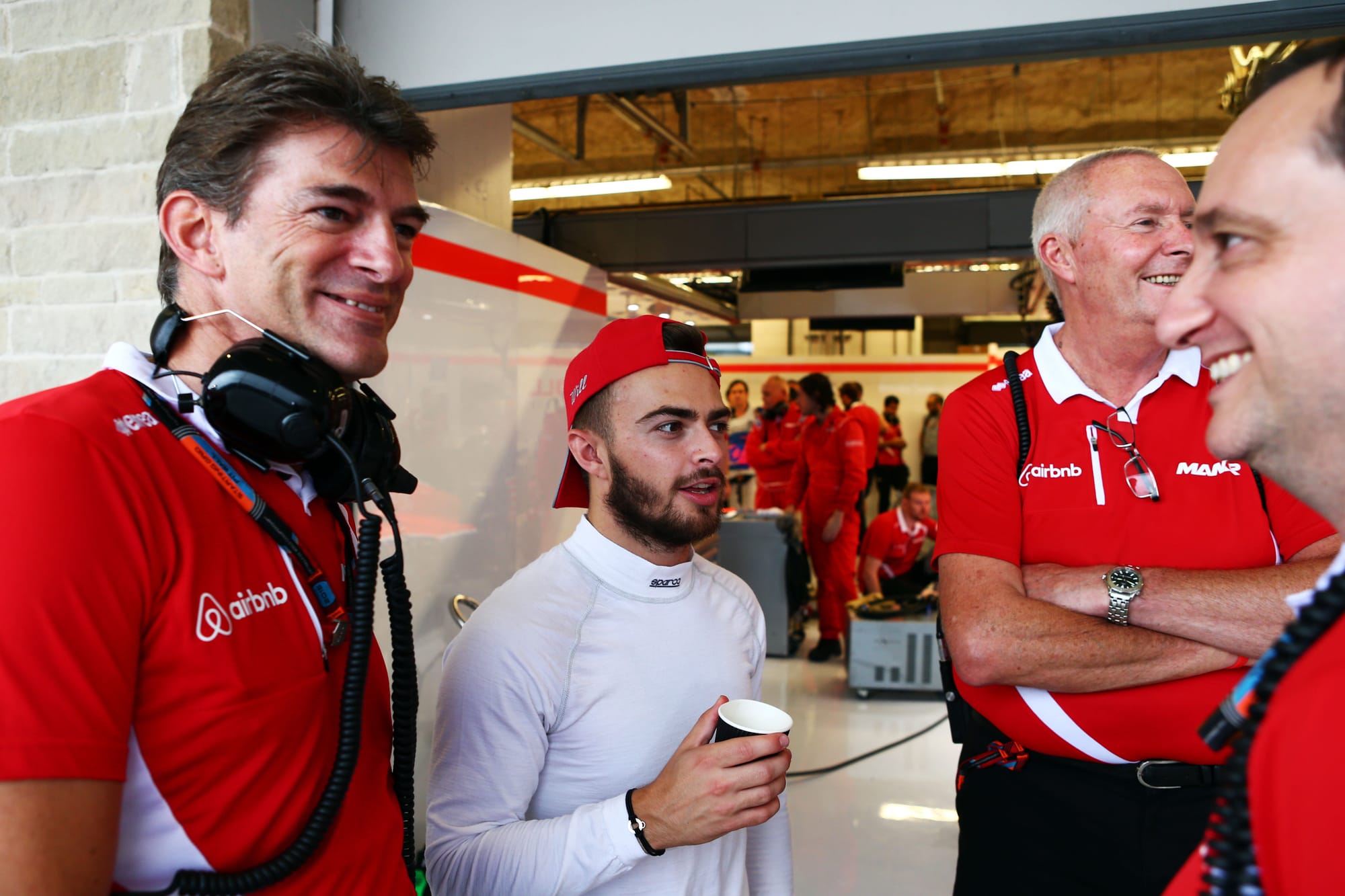
One of the teams Haas beat was Manor, then the last survivor of the four doomed entities granted a place on the 2010 grid, but in its final season – and run by Lowdon (pictured above in 2015), who has seen first hand the different forms new F1 teams have taken and the circumstances they have entered in.
Exclusive content, ad-free listening, questions for our F1 podcast - join The Race Members Club here and get 75% off in May
For Cadillac now, Lowdon said the capital expenditure limitation amounts to knowing how much it will really cost to get an F1 team ready but being told “you can only spend enough money to buy a quarter of that in the first year, but we still want you racing” at the same time.
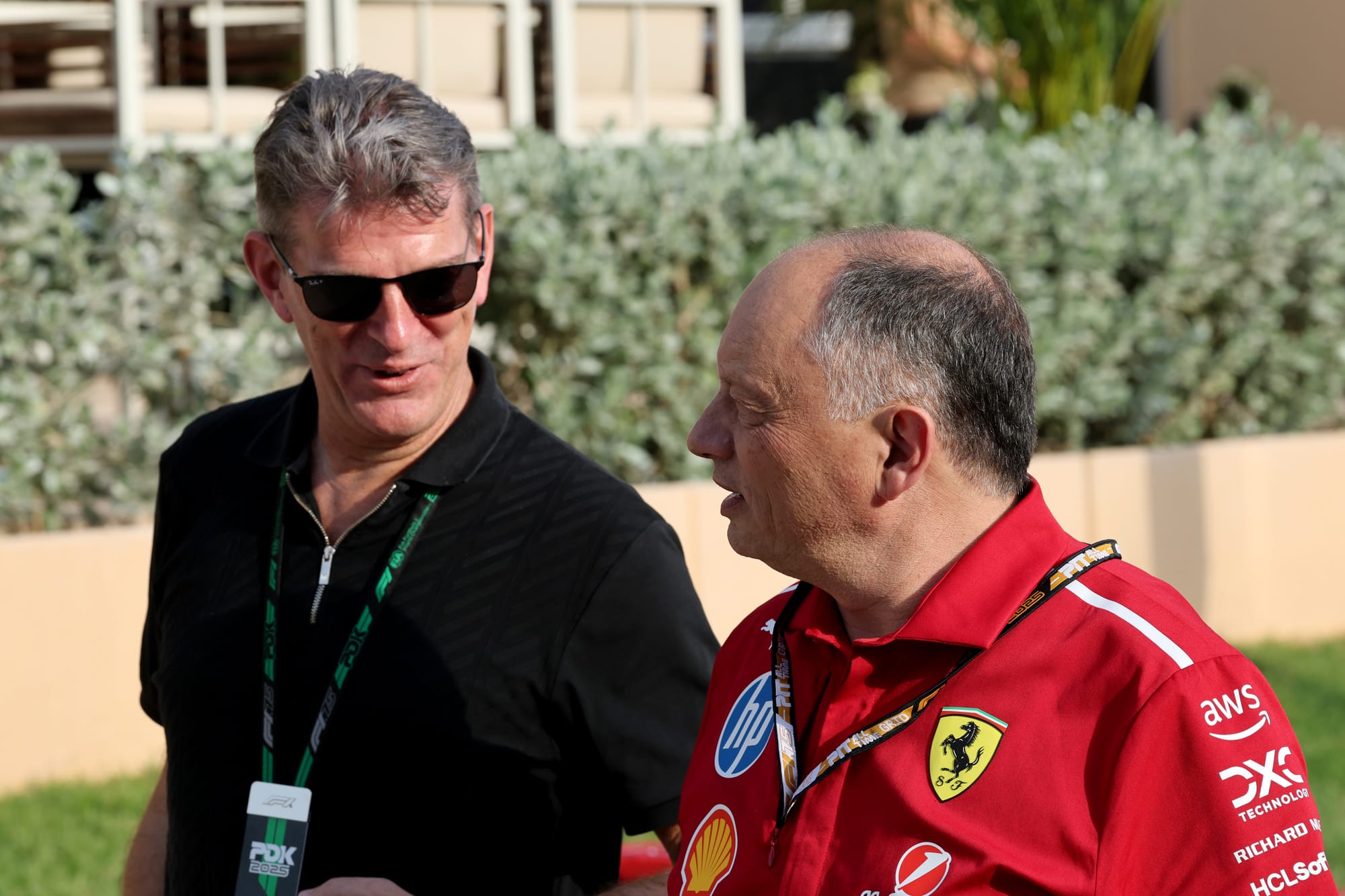
Asked if it was therefore reasonable to assume Cadillac would be somewhere between Haas and the 2010 teams in terms of competitiveness, Lowdon said: “Your summary’s actually correct.
“If all we have to do is what Haas had to do, then this will be significantly simpler. And I don't want to disrespect what they did. It's just different. And I think a lot of that people don’t understand that.
“There's a lot of regulations that we're already under. There's a lot of nuances, none of this existed when Haas came in. So the game’s changed a lot.
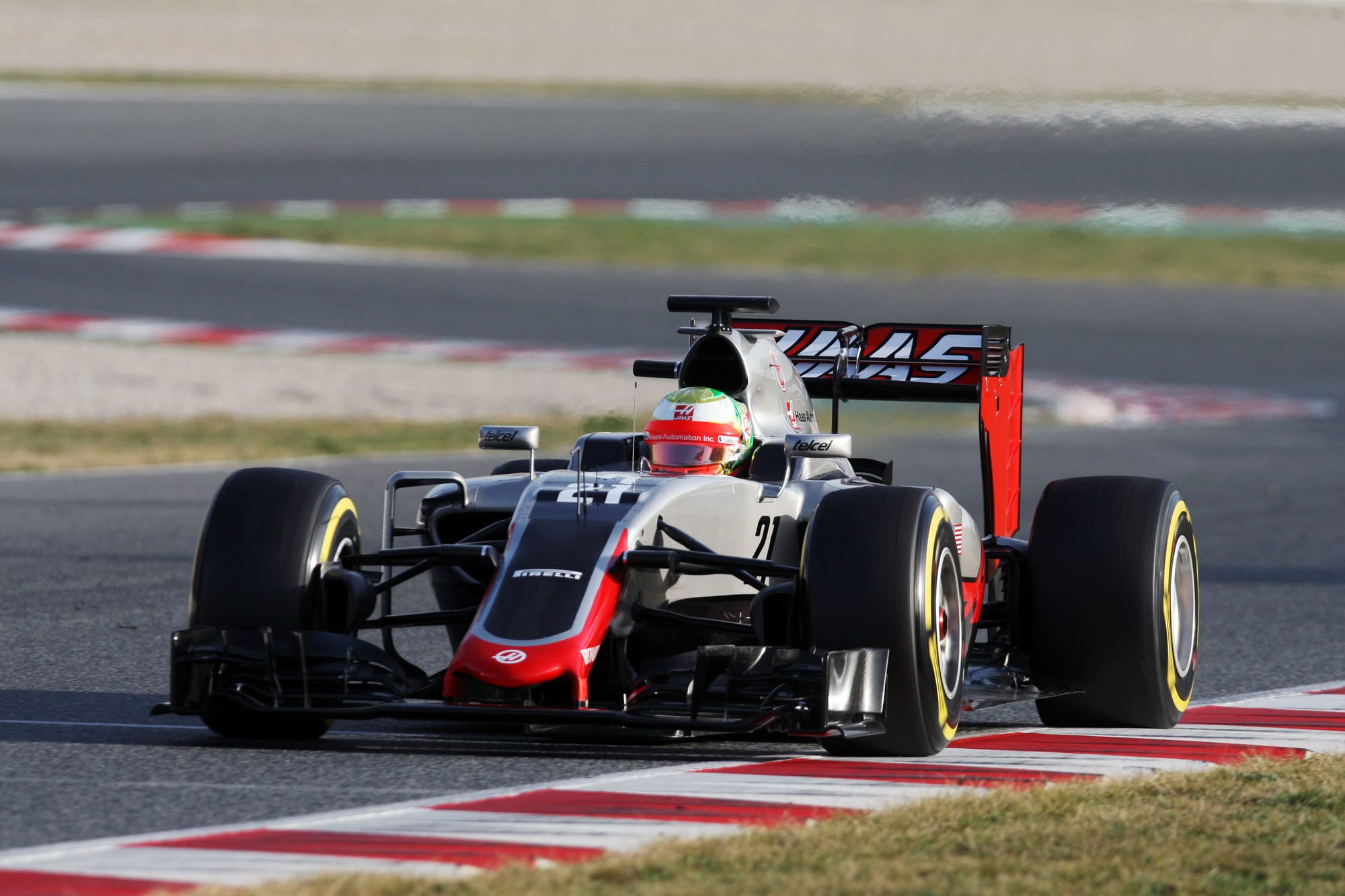
“It also happened when three teams came in for the 2010 season. And it was very clear that the the goalposts then, didn't just move, they went into a different universe. It was unreal, what happened back then, and it had very obvious results.
“There's no magic or science. And a lot of people, certainly in the team that we ran, a big majority of those people are still in Formula 1 teams winning championships.
“So, you can't point the finger at these teams. It was the circumstance. And they were in two parallel championships, if you like.
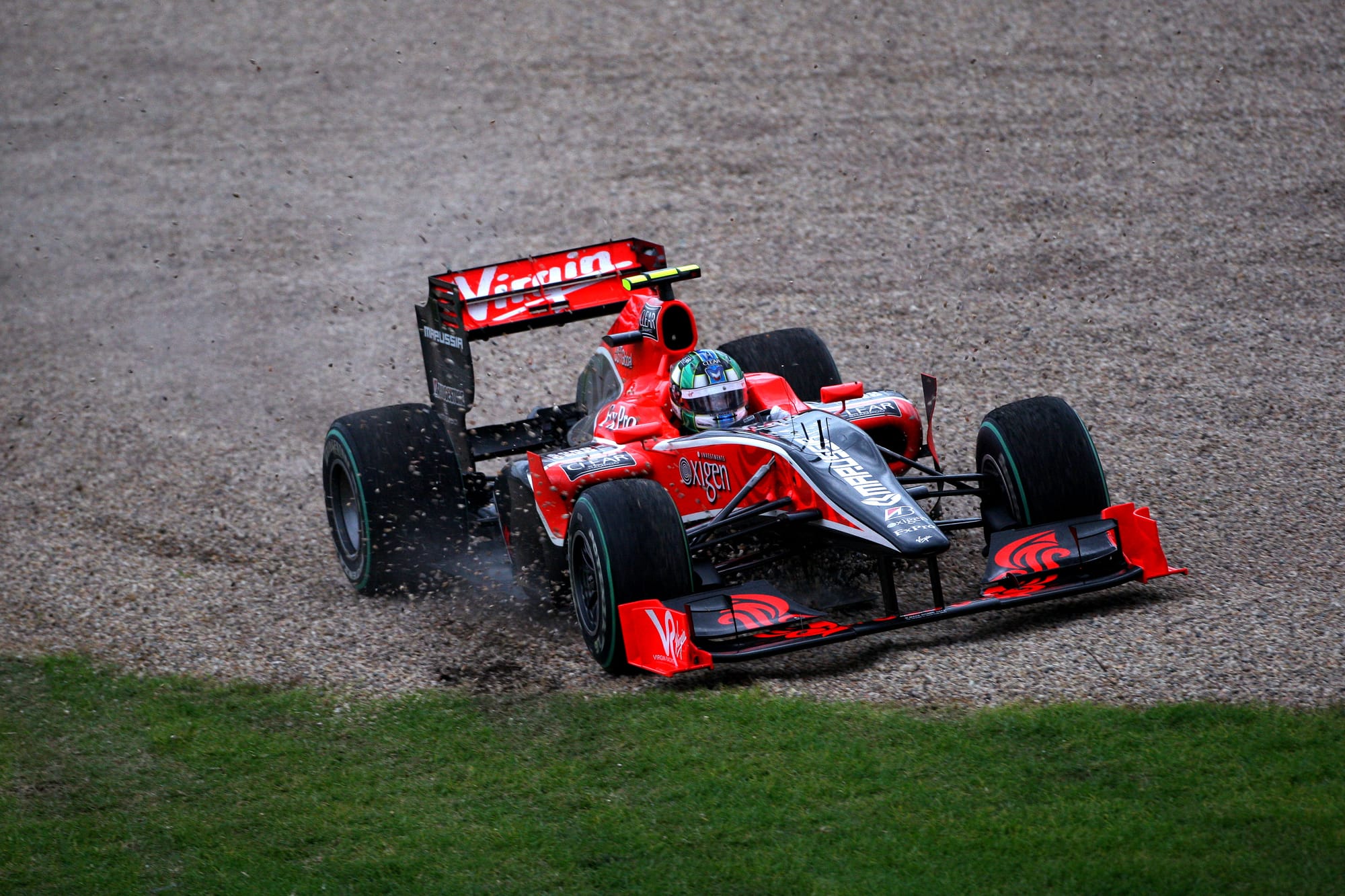
“That certainly went a long way in the opposite direction for when Haas came in, and now it's somewhere in the middle.
“It's not easy setting one of these up in any case. But there's a lot of things that are regulated now that weren't in place the last time somebody came in.
“But that's just the way it is. We knew that would be the case.”
This is why Cadillac is aware internally of the reality facing it in the short-term in F1. There are countdown clocks at its various bases in the UK and the US, ticking down to the car’s first fire-up and then the first race weekend of 2026.
Between those dates, it will need to get a car ready for the first pre-season test in January. The personnel involved are too experienced for there to be concerns about Cadillac meeting all its deadlines for its F1 debut but at the same time that experience means they are in tune to the reality they face - and know that part of the job this year will be communicating that to fans.
“In terms of internal expectations that's really quite straightforward, because everybody involved - including the ownership on the TWG side and GM side - it's not their first rodeo,” said Lowdon.
“They're very experienced in motor racing of other forms, and so they understand and are very realistic about the challenge, and their expectations match that as well.
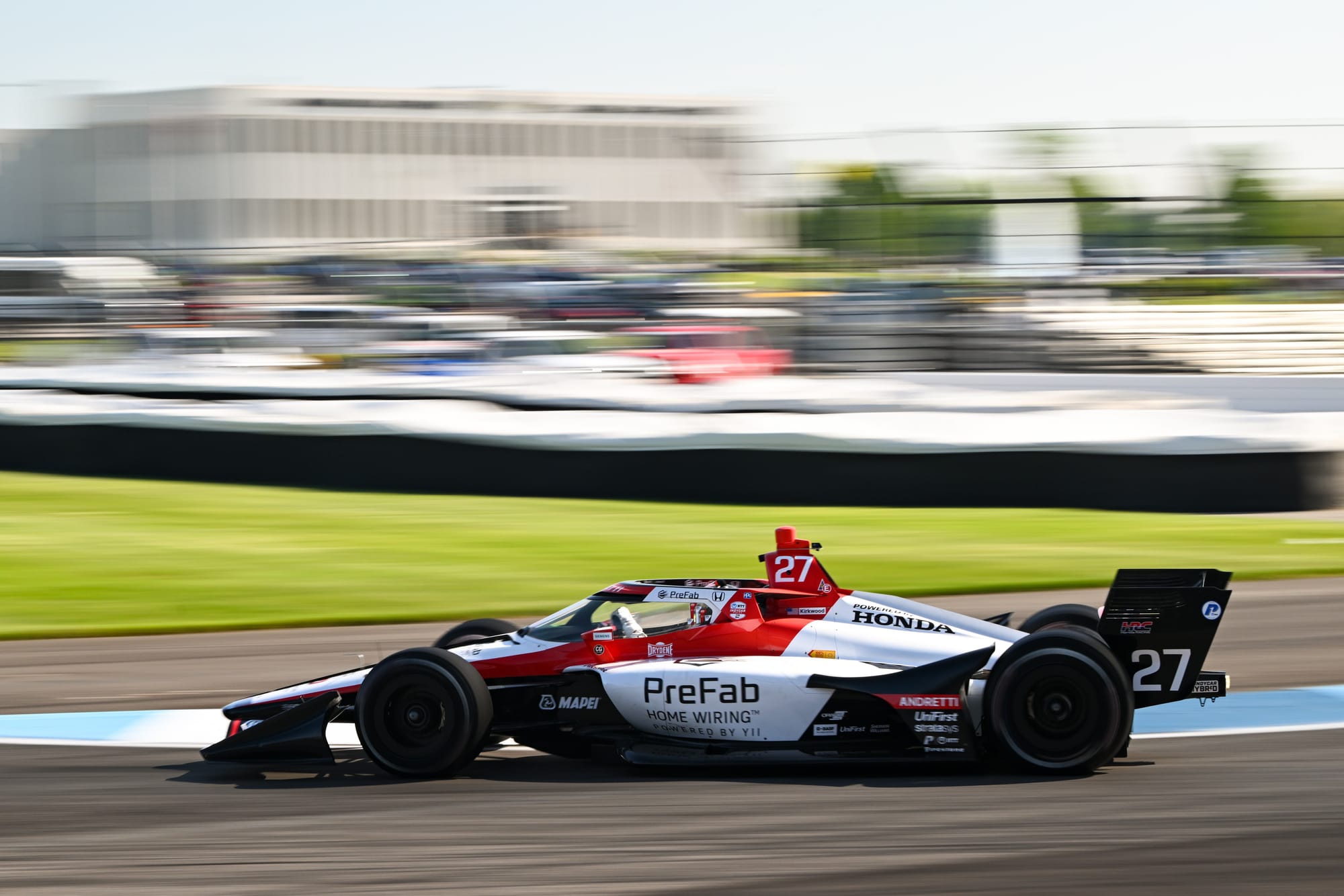
“We're very lucky from that point of view. We have owners who understand motor racing, and it's been a big part of both elements of the ownership, TWG Motorsports own teams that range from IndyCar to Formula E to NASCAR to Supercars. And then the same on the GM side, with the LMDh programme, Corvette series, IndyCar power unit.
“So that side of it is straightforward, and internally within the team everyone's super experienced, so they're all fine.
“It's important for us to communicate to the fans just how big a job this is.
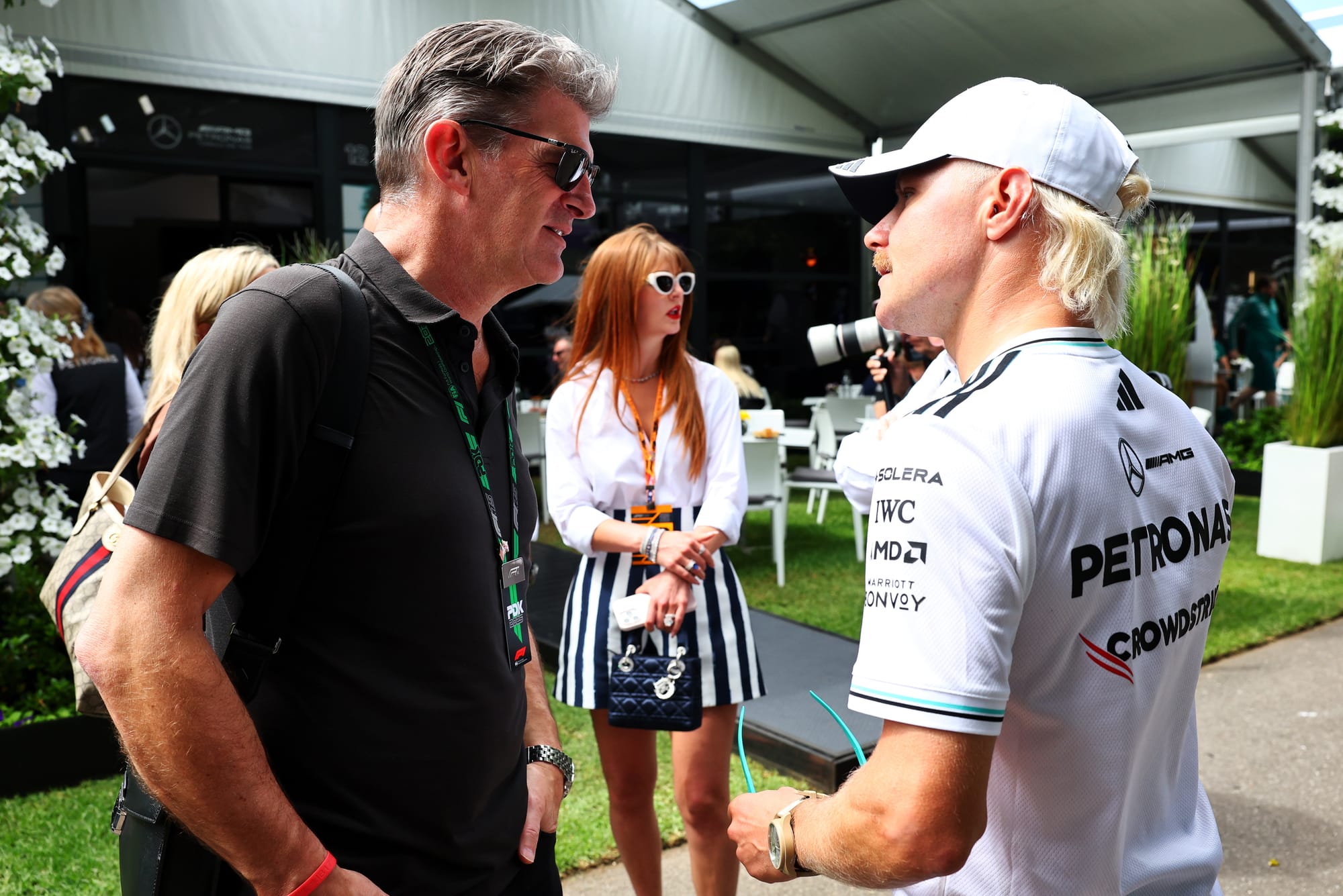
“We have a lot of respect for the competition. Of course we want to be competitive, and we want to challenge them.
“But I think it's important for everyone to understand just how difficult that really is.”



